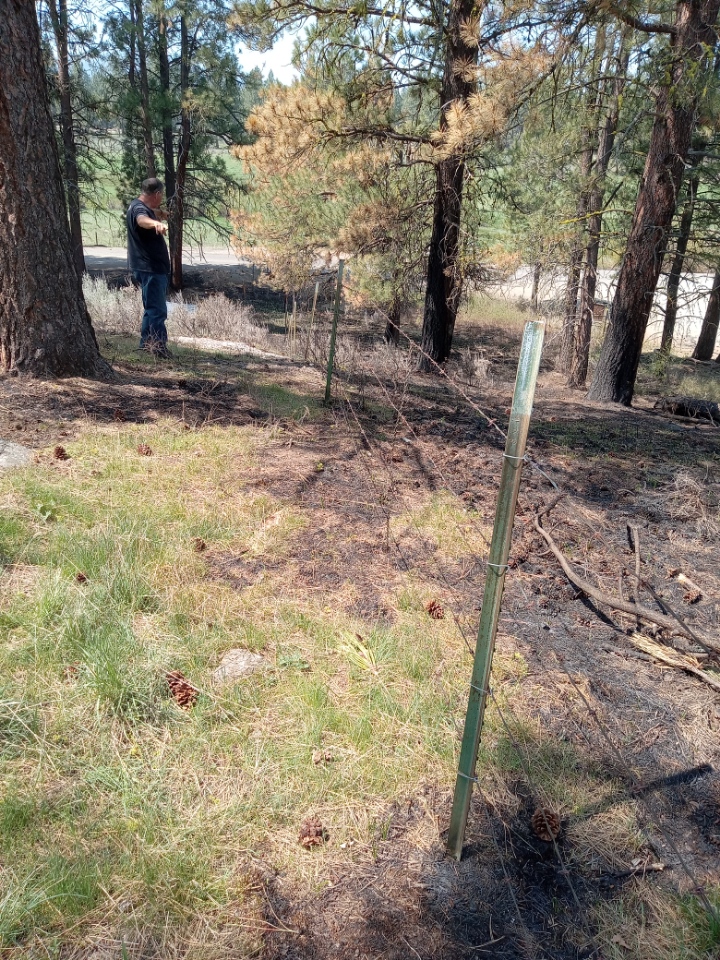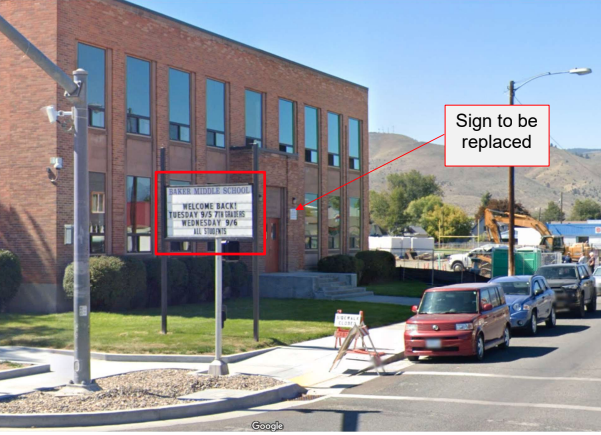Valentine’s Day: Oregon’s Birthday
Published 12:00 am Monday, April 24, 2006
By PEARL JONES
For the Baker City Herald
Valentine’s Day has never been a legal holiday nor has it been classed as a religious one. But I do believe it is probably the most popular holiday that we celebrate. Almost everyone has given or received at least one valentine in their lifetime, perhaps with a bright red heart that says andquot;I Love Youandquot; or a heart shaped box of sweets.
Oregonians and Arizonians also have a special reason for commemorating this day.
On Feb. 14, 1859 Oregon became the 33rd state of the Union.
And on that same day in 1912, Arizona was added as the 48th star to our flag, giving the Union two special Valentines.
The purpose of Valentine’s Day has evolved rather oddly from the pagan rites of Rome into the custom of spreading romance and love to lure a chosen sweetheart to your side.
This can also be appropriately applied to Oregon’s slow progress in wooing statehood from the Federal government. That process spanned the years from 1838 to 1859 and took many hours of effort and a great deal of coaxing to become the first Valentine State.
Visions of statehood
Oregon statehood was very early in the planning among the earliest settlers of the Oregon Country, even before the great Oregon Trail migration of 1843.
In fact, a Bostonian by the name of Hall Jackson Kelley began a campaign in 1817 to promote emigration to the andquot;Oregon Territory,andquot; the name that identified the entire Northwest at that time.
By 1829 he had forged ahead with his idea and organized andquot;The American Society for the settlement of Oregon Territory.andquot; Through this organization, of which he was both secretary and manager, Kelley became the first great promoter of U.S. expansion to the West.
This was not an entrepreneurial land development enterprise, but a democratic move to ensure the future boundaries of the United States from andquot;sea to shining sea.andquot;
Kelley’s story reveals several facts of Oregon history that are new to me. I found that some kistorians do not credit Kelley with much acclaim for his part in the history of Oregon.
I am using andquot;The Centennial History of Oregon, Vol.1andquot; for my reference and find his accomplishments well enough documented and accredited that, in my opinion, he has earned the right to be called the andquot;first promoter of the Oregon Territory for settlement and annexation to the United States.andquot;
It is also noted that he was encouraging missionaries to go to Oregon three years before any church.
Not everyone was eager for Oregon
These other facts that I never learned from my school days textbooks of Oregon history might also intrigue you. Not everyone in the United States was eager to annex Oregon. In February 23, 1844, Senator W.L. Dayton of New Jersey, said:
andquot;What there is in the territory of Oregon to tempt our national cupidity, no one can tell. Of all the countries on the face of the earth, it is one of the least favored of heaven. It is the mere riddling of creation. It is almost as barren as the desert of Africa, and quite as unhealthy as the Campania of Italy. We would not be subjected to all the innumerable and indescribable tortures of a journey to Oregon for all the soil its savage hunters ever wandered over. All the writers and travelers agree in representing Oregon as a vast extent of mountains and valleys of sand dotted over with green, and cultivable spots. Russia has her Siberia and England her Botany Bay and if the United States should ever need a country to which to banish its rogues and scoundrels, the utility of such a region as Oregon will be demonstrated.andquot;
And then the wise Senator from Jersey ventilates his wisdom on the possibility of a railroad to this andquot;riddling of creationandquot; and says:
andquot;The power of steam to reach that country has been suggested. Talk of steam communicationa railroad to the mouth of the Columbia! A railroad across twenty-five hundred miles of desert prairie and mountains. The smoke of an engine through these terrible fissures of that great rocky ledge, where the smoke of the volcano has rolled before! Who is to make this vast internal rather external improvement? All the mines of Mexico and Peru, disemboweled would scarcely pay a penny of the cost.andquot;
Our great statesman, Daniel Webster made no secret of his opposition to the acquisition of Oregon. He declared in a speech at Faneuil Hall on March 1, 1847:
andquot;In the judgment of the Whig party, it is due to the best interests of the country, to declare at once, and proclaim now, that we want no new states or territory to form new states out of us, as the end of conquest. For me I enter into this declaration with all my heart.
andquot;We want no extension of territory, we want no accessions of new states. The country is already large enough.andquot;
This sort of opposition gives us one explanation why it took so long to get from Provisional Government through Territorial Status and finally in 1859 to Oregon Statehood.
Another opposition came from the southern states, who were vying with the north to get Oregon admitted as a slave state. Of course England and the Hudson’s Bay Company were using every delaying tactics they could muster to stop American emigration and settlement in this Oregon Territory to protect their trapping and trading operations here.
Oregonians prove American
But there was no stopping these American Oregonians.
In spite of the description applied to us as desolate and useless, we know we have one of the most beautiful and productive states in the nation. No finer Valentine was ever received than the state of Oregon, sent 142 years ago to the United States of America by our founders and settlers.
As far back as I can remember, each year as Oregon’s birthday comes around local communities, Historical Societies and Pioneer Associations gather to commemorate this day with parties, banquets, programs and speeches. At the 100th anniversary in 1959, the entire state joined hands when Governor Mark Hatfield issued the proclamation that Oregon would officially celebrate 100 days of Centennial Commemoration, making it a spectacular occasion.
Baker County and City enthusiastically joined the celebration with George Borgen heading the committee for the summer celebration. The entire Historical Society put their shoulders to the wheel with a replica of a pioneer town constructed on Court Street between Main and Resort. An entire wagon train traveled across the state with authentic equipment and costume, spending a night in Baker City. Parades, rodeos, Indian festivities, pageants, picnics, pioneer costuming all became a part of that summer’s scene and included people of every age from a tiny girl in pioneer costume to elderly Mr. Soule in top hat and frock coat, who minded andquot;Old Townandquot; and greeted the visitors.
There were so many birthday cakes baked during those 100 days of celebration that probably the consumption of Oregon’s sugar supply for 1959 skyrocketed. Candle sales must have zoomed to provide those hundred candles on as many cakes.
The demand for lemonade boosted the sales of lemons. That was a celebration not soon forgotten by many of us and it has kept alive the pioneer spirit over recent years.
Annually in February the Baker County Historical Society presents a commemorative program to honor Oregon’s birthday. Part of the ceremony has always been the lighting of the appropriate amount of candles for the birthday cake, and I suspect it again will be a part of this year’s program.





